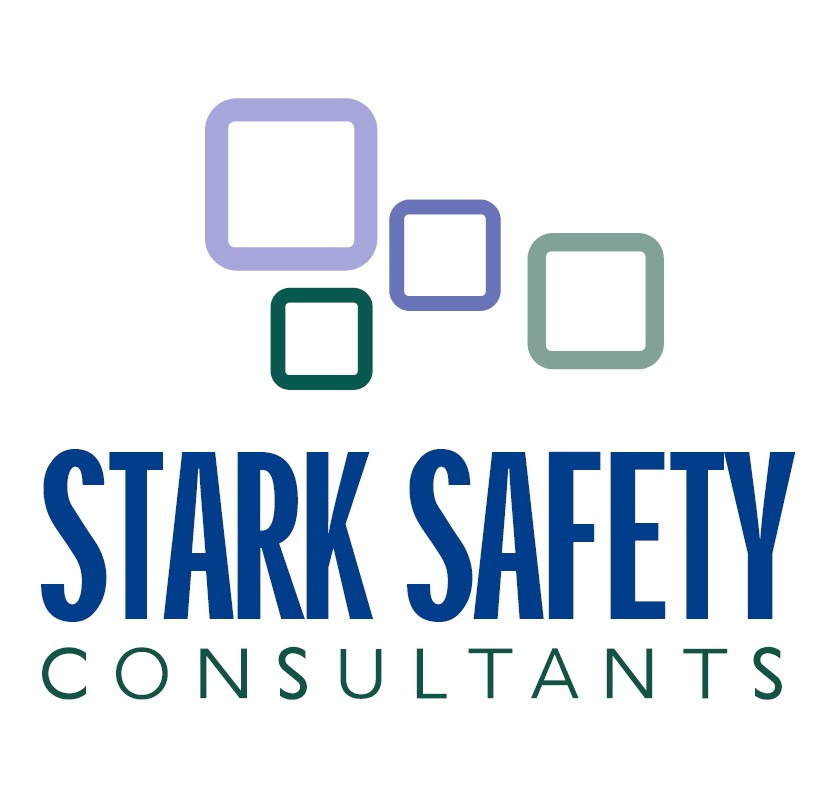1. Conduct a hazard assessment to determine the incident energy or hazard risk categories, use hazard assessment results to determine the types of PPE required, and designate the flash protection boundary accordingly. Apply equipment warning labels accordingly.
It is critical to have an idea of the magnitude of the hazard before you can truly create a safe work plan of action. Remember not all PPE is created equal.
2. Purchase and make available PPE.
It doesn’t do you any good to do hazard assessment if you’re not going to have the PPE available identified by the assessment.
3. Train employees.
You want to train your employees on arc flash and make sure they’re aware of what the requirements are when working on those panels. Employees to train would include electrical technicians, maintenance technicians, supervisors, engineers, and anyone else reasonably expected to face arc flash hazards and need to know arc flash requirements. The legal regulations are specific – be sure you understand the training requirements in depth.
4. Have a written electrical safety policy
Documentation of all the steps that have been taken should be written in your policy and define who is to follow and when. Your policy should direct those who are exposed to electrical hazards in any aspect of their job duties.
